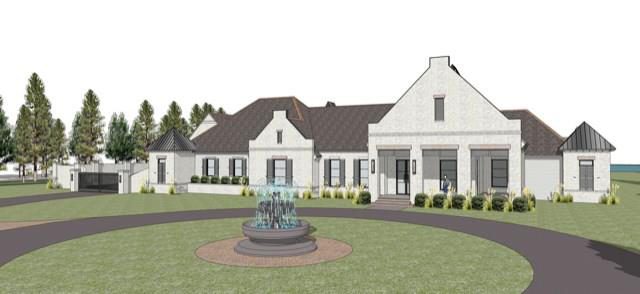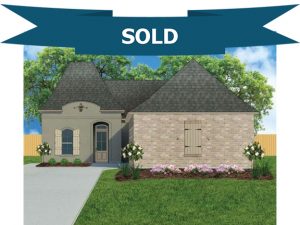July Saw a 2% Increase in Private Residential Construction Spending
 According to the National Association of Home Builders analysis of Census Construction Spending, private residential construction was up 2% in July. The total private residential construction spending came in at a seasonally adjusted annual rate (SAAR) of $546.6 billion.
According to the National Association of Home Builders analysis of Census Construction Spending, private residential construction was up 2% in July. The total private residential construction spending came in at a seasonally adjusted annual rate (SAAR) of $546.6 billion.
The housing market is booming and there is a steady growth of single-family and multifamily construction. The single-family and multifamily starts in July rose as well. Single-family construction spending rose 3.1% to a $268 billion pace while multifamily construction spending rose 4.9% to an $85.5 billion annual pace. A catalyst for this increase was the record low mortgage rates.
NAHB’s construction spending index illustrates the solid growth in single-family construction and home improvement from the second half of 2019 to February 2020, before the COVID-19 hit the U.S. economy.
Click Here For the Source of the Information.


 While the novel coronavirus has wreaked havoc in current times, the housing industry has stayed steady and growing even stronger in Q2 2020. The National Association of Home Building Geography Index (HGBI) reports
While the novel coronavirus has wreaked havoc in current times, the housing industry has stayed steady and growing even stronger in Q2 2020. The National Association of Home Building Geography Index (HGBI) reports 


 Water conservation has always been a big issue when it comes to the use of water in our homes. Water conservation saves on costs, allows less land use for stormwater management and helps with the quality of water that is available. One way builders are seeking to help even further with water conservation is through total hydrology planning.
Water conservation has always been a big issue when it comes to the use of water in our homes. Water conservation saves on costs, allows less land use for stormwater management and helps with the quality of water that is available. One way builders are seeking to help even further with water conservation is through total hydrology planning.